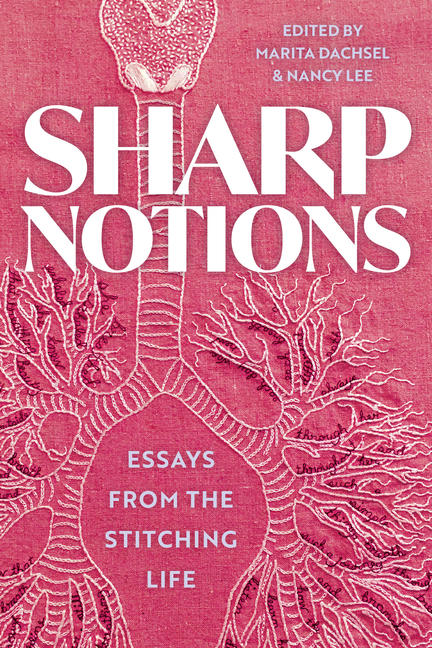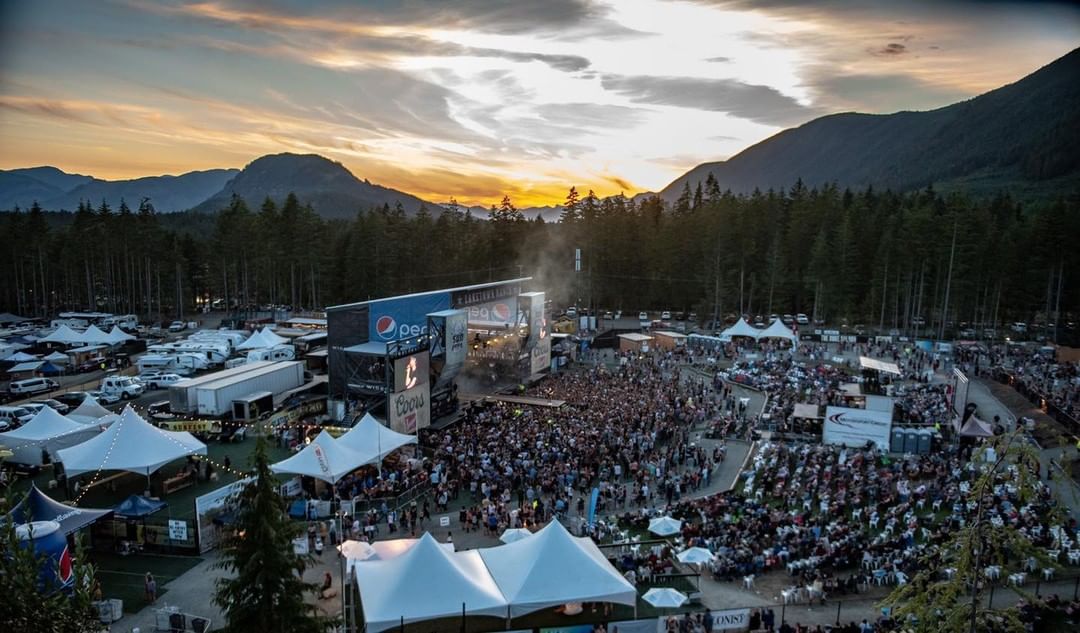The Read Local BC’s Bestseller list highlights the titles of independent, B.C.-owned publishers sold in independent B.C. bookstores. Discover a few of their picks for the month of March:

Ian Kennedy, The Best Loved Boat
The Princess Maquinna
Built in 1913, the Canadian Pacific Railway’s ship Princess Maquinna steamed up and down the rugged west coast of Vancouver Island in summer and winter, calm weather and storms, for over forty years, and has become one of the most beloved boats in BC’s maritime history.
Princess Maquinna, sometimes referred to as the “Ugly Princess” but most often “Old Faithful,” transported Indigenous people, settlers, missionaries, loggers, cannery workers, prospectors and travellers of all kinds up and down Vancouver Island’s rugged and dangerous west coast, stopping at up to forty ports of call on her seven-day run. The Princess Maquinna faithfully served as the lifeline for all those who lived on the west coast of Vancouver Island before it became accessible by roads. Because of this strong connection she became the “Best Loved Boat” in B.C.’s maritime history. Kennedy recounts battles through eighty-knot gales along the exposed coastline sailors called “The Graveyard of the Pacific,” and reveals the bigotry that forced Indigenous and Chinese passengers to remain on the foredeck of the ship while other passengers sheltered from the elements inside. He brings the history of this beloved ship to life with rich detail, recalling a time when this remote part of British Columbia was alive with mines, canneries and now-forgotten settlements.

In all scientific disciplines, there is an expanding gap between what is known by the general public and what is known by scientists. In this book, Dr. Bruce McLellan tries to bridge that gap.
Coexisting with grizzly bears into the future will be an increasing challenge and require a deep understanding of these large carnivores and what factors make their populations tick. Based on perhaps the longest uninterrupted wildlife research project done by one individual, this is the intertwined story of the science underlying our understanding of grizzly bears and family life in the wilderness while following bears.
The story of grizzly bear behaviour and ecology is based on dozens of research papers published in this study, which in turn are based on the actual lives of over 200 radio-collared bears. These chapters are not written “for dummies” but contain considerable substance for people interested in the science behind animal ecology and conservation. The scientific chapters cover topics ranging from the bears’ diet and how it influences changes in body fat and muscle, to how bears are counted and factors that influence births and deaths and regulate population size.
Mixed among the science chapters is the story of how a couple in their mid-20s began the Flathead grizzly project, built a log cabin on the bank of the Flathead River, had babies, and raised them in the wilderness among bears, wolves, and mountain lions. They endured floods that washed away part of their camp, forest fires that burned thousands of square miles, and some very weird people. Both children grew up with grizzly bears and eventually earned their own M.Sc. and Ph.D. degrees in the ecology of these amazing animals.

Marita Dachsel & Nancy Lee, Sharp Notions
Personal essays from diverse voices about their relationships to the fibre arts
Sometimes the reliability of a knit stitch, the steady rocking of a quilting needle, the solid structure of a loom is all you have. During the pandemic, fibre arts newbies discovered and lapsed crafters rediscovered that picking up some sticks and string or a needle and thread is the perfect way to reduce stress, quell anxiety, and foster creativity, a remedy to endless hours of doom-scrolling.
Knitting, crochet, embroidery, weaving, beading, sewing, quilting, textiles – the fibre arts fuel intense passions that can often border on obsession. Chances are that you or someone close to you is currently in an ecstatic relationship with yarn, thread, or fabric. As we struggle with the pressures, anxieties, and impacts of daily life, fibre arts are an antidote, mirror, and metaphor for so many of life’s challenges. Part time-machine, part meditation app, the simple act of working with one’s hands can instantly ease the overwhelming scope of living to a human scale and to the present moment.
In this anthology, writers and artists from different backgrounds contemplate their complex relationships with the fibre arts and the intersections of creative practice and identity, technology, memory, climate change, trauma, chronic illness, and disability.
Accompanied by full-colour photographs throughout, these powerful and inspiring essays challenge the traditional view of crafting and examine the role, purpose, joy, and necessity of craft amid the alienation of contemporary life.

The PNE (Pacific National Exhibition) is a Vancouver tradition, an annual fair started in 1910 that is famous for its farm animals, dog trick shows, and amusement park – highlighted by Canada’s oldest wooden roller coaster still in existence. In 1980, when Nick Marino was twelve years old, he started working at the PNE and quickly learned that there was more to the fair than winning stuffed animals and eating mini donuts. He had to contend with belligerent bosses, unhinged carnies, and teenage hustlers. In this funny, charming memoir of fair life, Marino revisits the “Wild West” of the city’s East Side, home to the PNE, sharing stories from his six summers working at the fair, where arcade bouncers went on midnight roller-coaster rides, riots broke out at concerts, and local kids helped themselves to everything. With beguiling and at times poignant humour, he explores the history of the PNE, whose grounds have been home to everything from questionable sideshow attractions and incarcerated Japanese Canadians during WWII to storied performers and beloved professional sports teams, and pulls back the curtain on the culture of carnivals and fairs, an unpredictable and eternally young world of players, scammers, and dreamers.

Wayne McCroy, The Wild Horses of the Chilcotin: Their History and Future
The Chilcotin’s wild horses are romantic and beautiful, but they are also controversial: they are seen by government policy as intruders competing for range land with native species and domestic cattle and, as a result, they have been subject to culls and are not officially protected.
In this compelling book, wildlife biologist Wayne McCrory draws upon two decades of research to make a case for considering these wonderful creatures, called qiyus in traditional Tŝilhqot’in culture, a resilient part of the area’s balanced prey-predator ecosystem. McCrory also chronicles the Chilcotin wild horses’ genetic history and significance to the Tŝilhqot’in, juxtaposing their efforts to protect qiyus against movements to cull them.
Discover more B.C. Bestsellers here.



